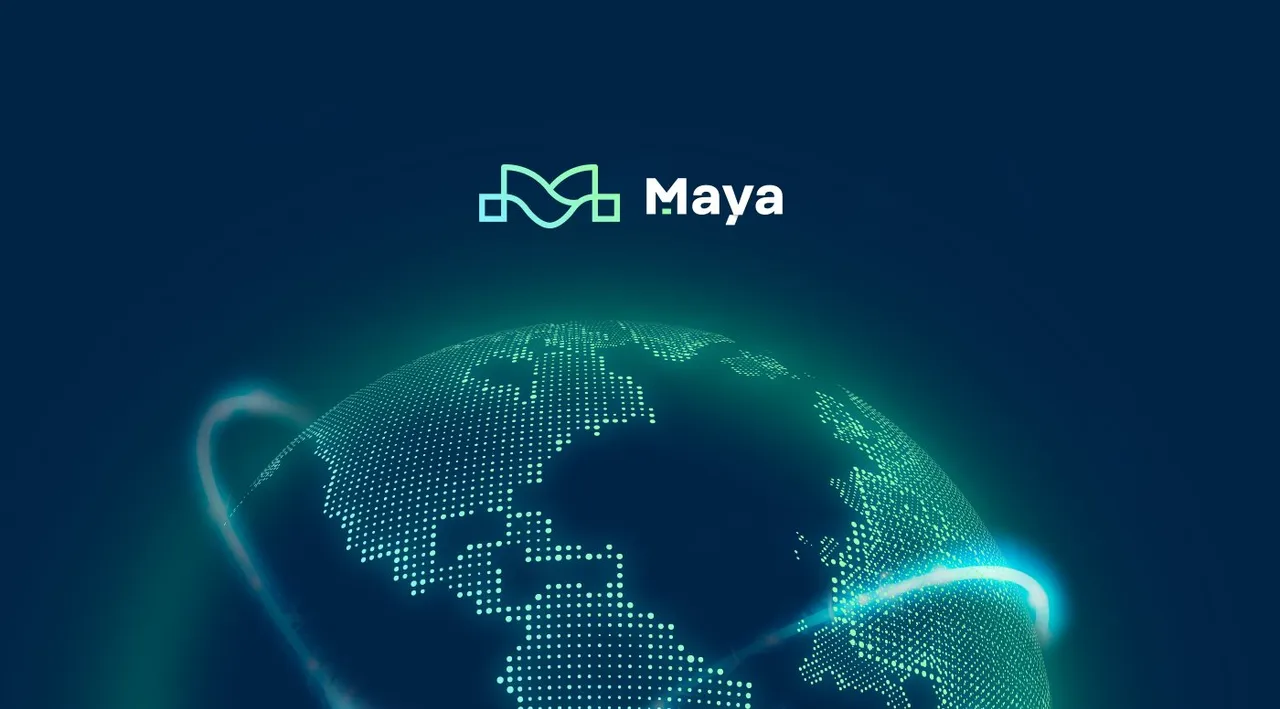
Maya Protocol: Unlocking the Future of DEFI with Innovative Features
Decentralized finance (DEFI) has emerged as a dynamic and groundbreaking sector within the cryptocurrency space, aiming to democratize and revolutionize traditional financial systems. However, DEFI also faces various challenges, such as scalability, interoperability, security, and user experience.

Maya Protocol is not just another decentralized exchange (DEX). It is a liquidity source protocol that supports native digital assets, swaps, or stakes without the need to wrap or peg any of them. This means that you can trade and provide liquidity for any token on any blockchain that is supported by Maya Protocol, such as Bitcoin, Ethereum, Kuji, Dash, Binance Smart Chain, and more (Note: at the time of writing this blog, $Kuji & $Dash are confirmed to be integrated in Maya protocol).
Built on the robust Cosmos SDK framework, which allows for the creation of application-specific blockchains that can communicate with each other using the Inter-Blockchain Communication (IBC) protocol, Maya Protocol offers a range of unique features and advantages:

Native Settlement Token: Maya Protocol has its own settlement token, $CACAO, which serves as the currency for fees, rewards, and governance within the Maya ecosystem. Token $CACAO has a total supply of 100 million and out of which 90 million is distributed through a fair launch mechanism called Liquidity Auction (Remaining 10 million kept aside for ILP payments). $CACAO holders can run nodes, provide liquidity, and participate in governance on the Maya Protocol ecosystem. $CACAO is inspired by the ancient Mayan civilization, which used cacao seeds as a medium of exchange and commerce.

Maya Token: $MAYA tokens capture 10% of all the fees generated by the users swapping inside Maya protocol. $MAYA tokens are a way to share in the profits of Maya protocol. Every time a user makes a swap, they pay a fee that is distributed to $MAYA holders. This means that $MAYA tokens represent a claim on the current and future revenue streams of Maya protocol, and their value will increase as the protocol becomes more popular and generates more fees. Therefore, $MAYA holders have a stake in the growth and success of Maya protocol.
Innovative Liquidity Model: Maya Protocol utilizes Liquidity Nodes, which are smart contracts that pool assets from different blockchains and provide liquidity to users. This unique liquidity model offers supercharged capital efficiency and yield optimization for liquidity providers (LPs). Liquidity nodes in maya protocol are special nodes that provide liquidity to the decentralized exchange (DEX) platform. Liquidity nodes can earn rewards by staking their tokens and providing liquidity to various trading pairs on the DEX. Liquidity nodes also help to maintain the stability and efficiency of the maya protocol by ensuring that there is enough supply and demand for each token pair. Liquidity nodes can join or leave the network at any time, depending on their preferences and market conditions. Maya protocol also adds ILP protection for the user added assets(if he keeps the assets in LPs for 100 days).
Robust Security Model: Security Nodes, which are validators that stake $CACAO, ensure the security of the Maya network. These Security Nodes also export security to other application-specific blockchains that utilize Maya as their liquidity provider. For more information

Application-Specific Blockchain: Maya Protocol has its own blockchain, Aztec Chain, which is compatible with Ethereum Virtual Machine (EVM) and supports smart contracts. Aztec Chain also has its native token, $AZTEC, which is utilized for gas fees and governance. Aztec Chain is a decentralized platform that leverages the Maya Protocol to enable scalable and private transactions on the blockchain. Aztec Chain aims to provide a fast, secure, and low-cost solution for various use cases, such as DeFi, NFTs, gaming, and identity. Aztec Chain is compatible with Ethereum and other smart contract platforms, and supports interoperability and composability across different chains. For more information

Innovative Solution for Stable Liquidity Pools: Maya Protocol introduces Stable Pools, which are pools that contain one stablecoin and one volatile asset. These Stable Pools utilize $CACAO as a buffer to reduce slippage and impermanent loss for LPs, providing a novel solution for stabilizing liquidity.
- Airdrops: Maya Protocol uses two tokens, $CACAO and $MAYA, for different purposes. $CACAO is similar to $RUNE on THORChain, as it is paired with all assets and used to secure the network. Maya Protocol airdropped 90 million $CACAO tokens to the users who provided assets like BTC, ETH, USDT, USDC and even Rune in Liquid Auction(LA). the more liquidity you add, the more $CACAO you will receive. These assets are pooled with $CACAO(assets matched 1:1 with value of CACAO,you will technically double your assets). Some perecentage of $MAYA tokens are also distributed to eatly TIER1 users of LA, RUNE holders, MAYA mask holders and so on.

Maya Protocol is not just a decentralized exchange (DEX), but a comprehensive protocol that offers the infrastructure and tools necessary for building the next generation of DEFI applications and platforms. Maya Protocol is a promising project that aims to revolutionize the way we swap crypto across different chains. By enabling cross-chain liquidity and interoperability, Maya Protocol unlocks the full potential of DEFI, opening up new possibilities for users, developers, and innovators alike.
To learn more about Maya Protocol, visit their website at 
https://www.mayaprotocol.com/ or
read their whitepaper at
https://docs.mayaprotocol.com/readme/introduction.
You can also join their community at
https://t.me/mayaprotocol.